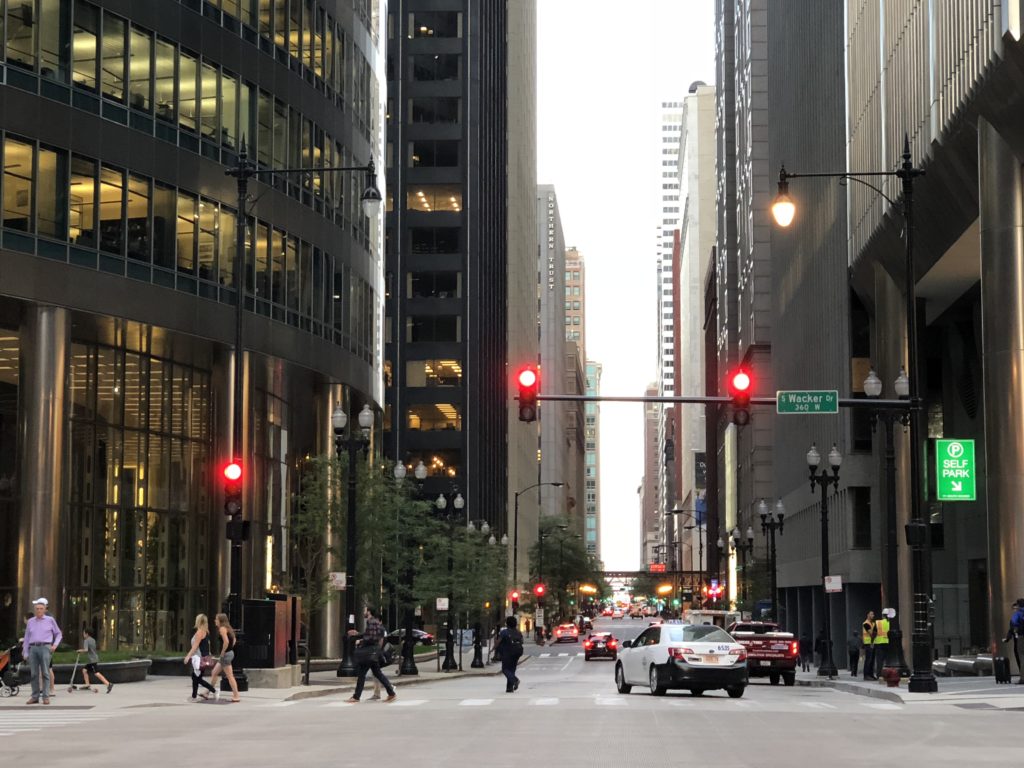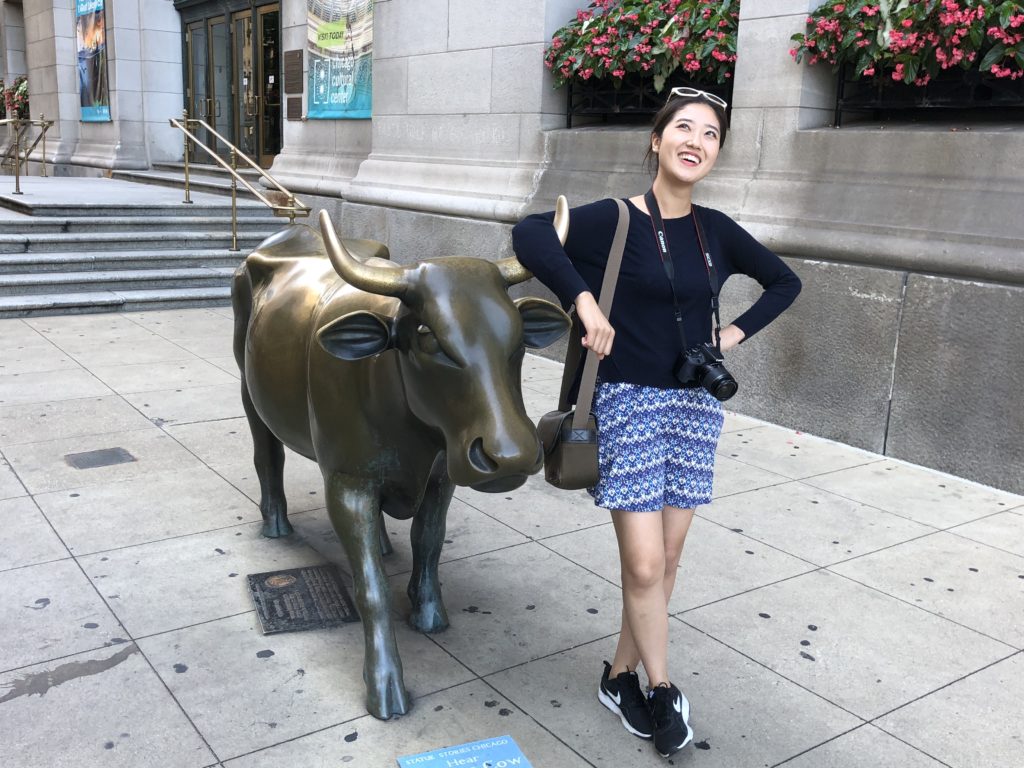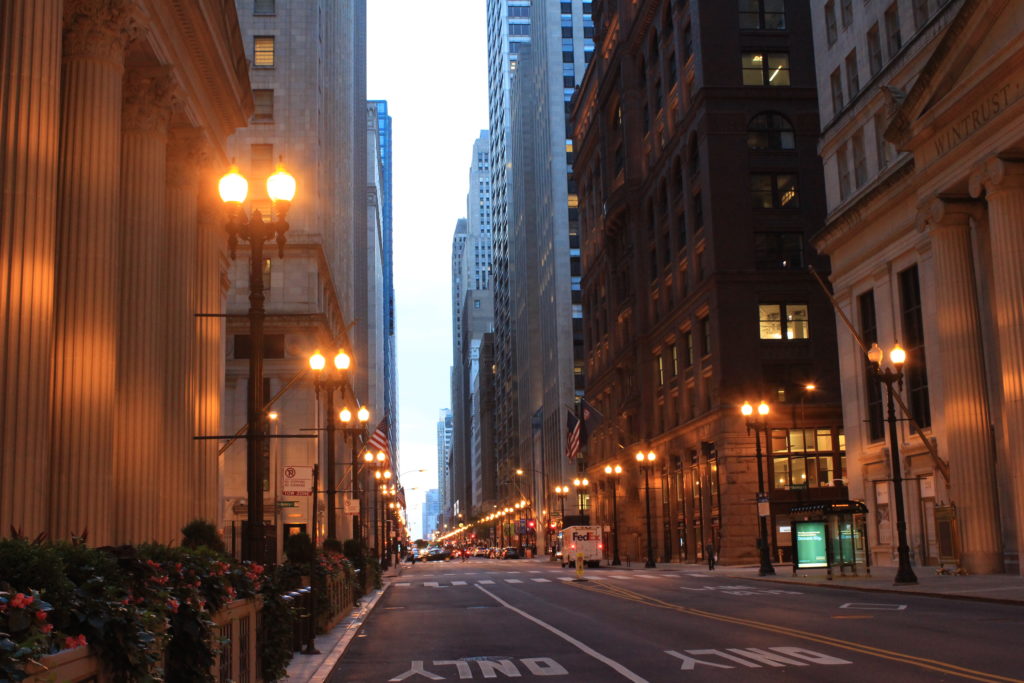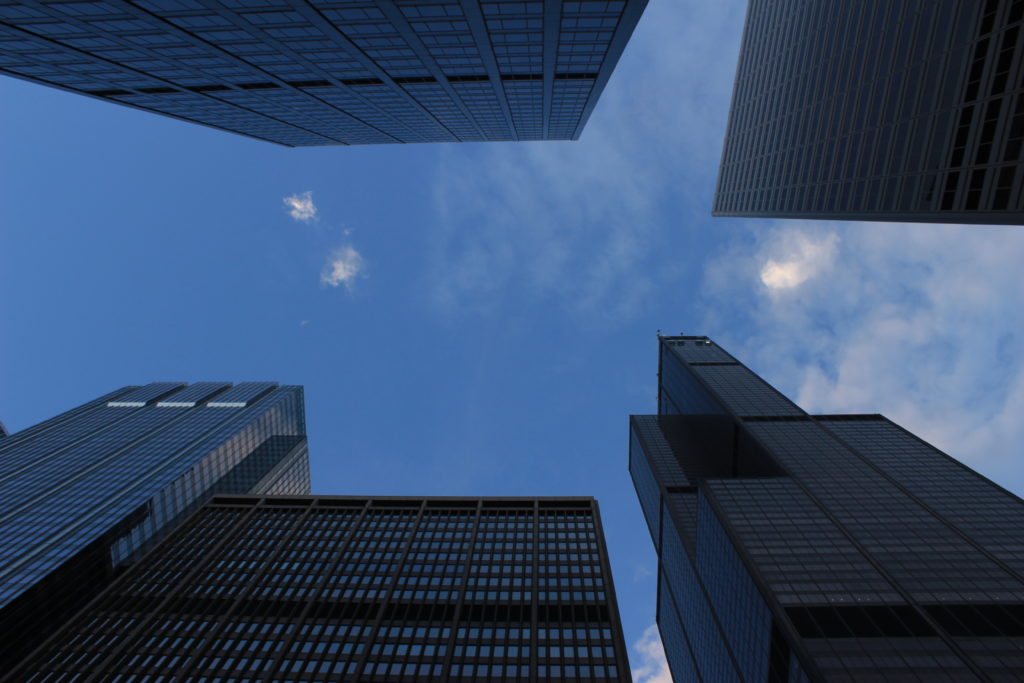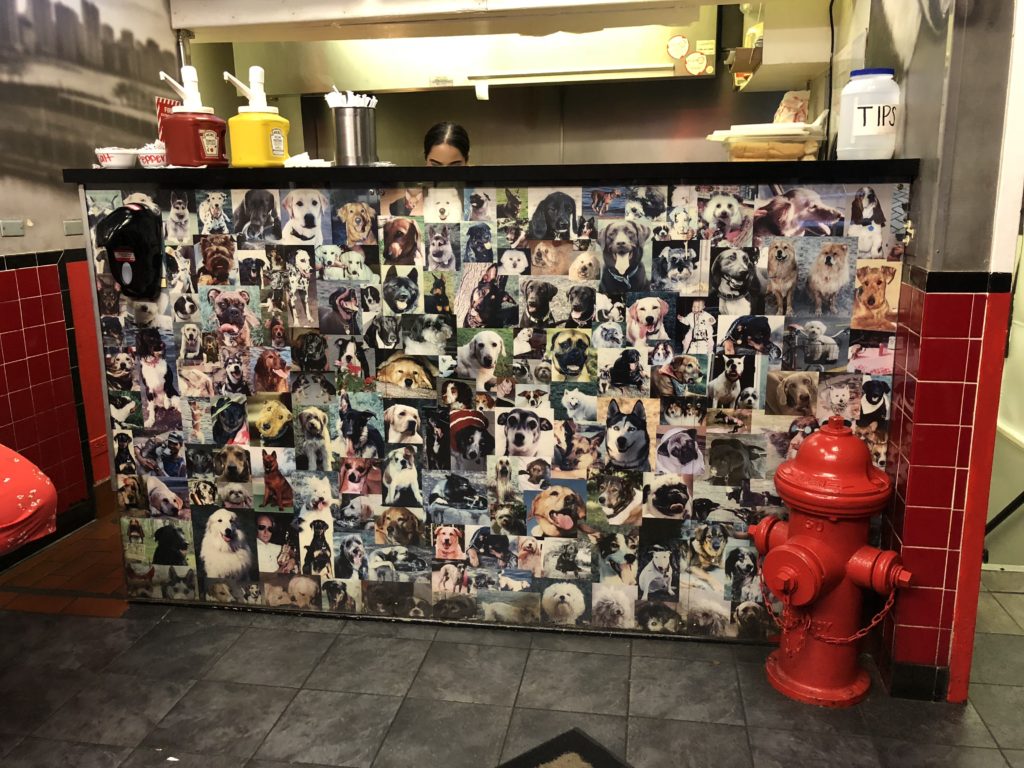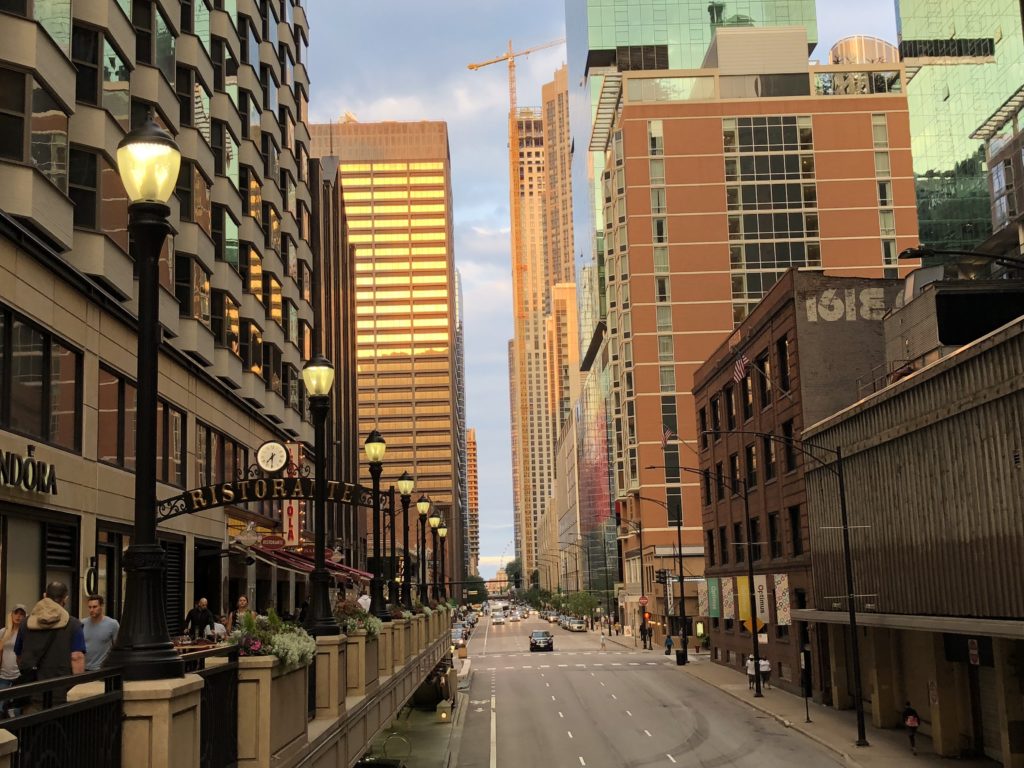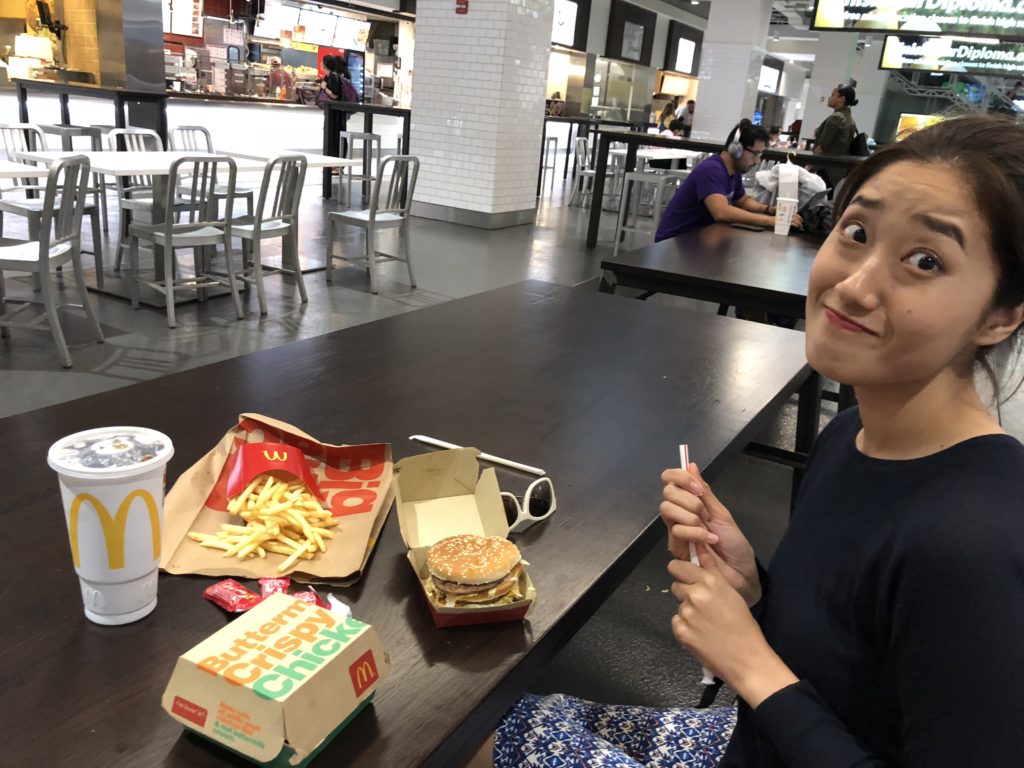We drove from Columbus through western Ohio, Indiana and into Illinois. Our destination: the mighty Chicago. I didn’t really know what to expect from the nation’s third largest city, but it honestly blew me away. It’s one of the most photogenic cities I’ve visited. Here are a few of the reasons.
Public art:

This is “Cloud Gate” or more commonly known as “the bean”, a large stainless-steel structure by a British artist sitting in Millennium Park.
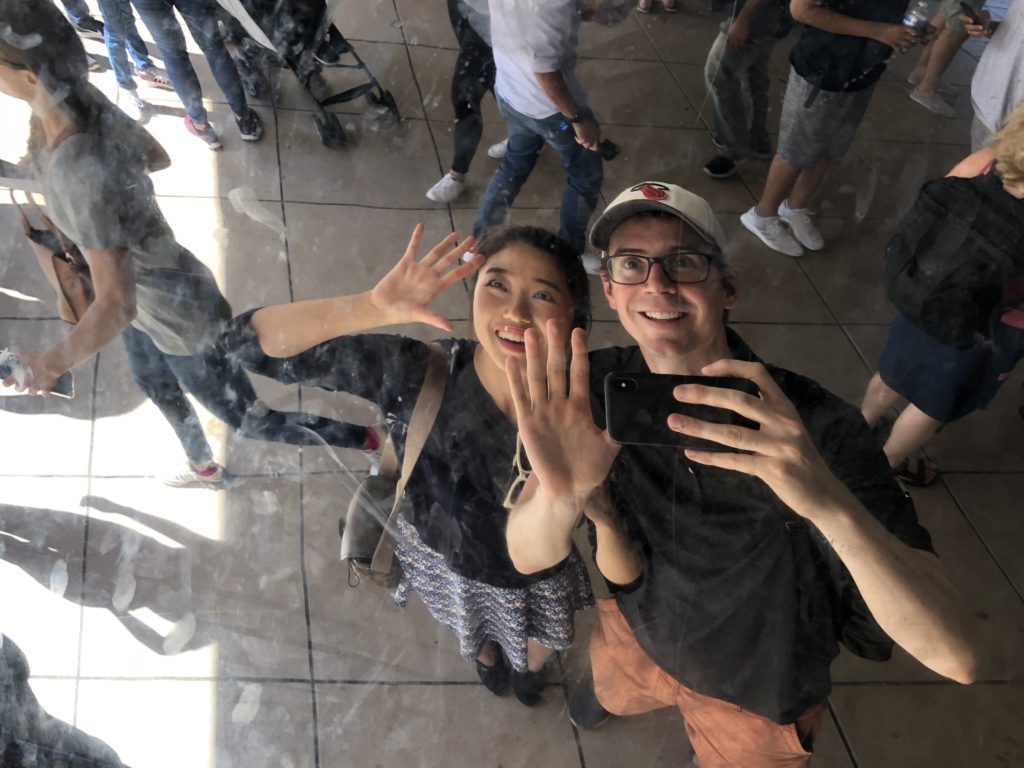
Next is Crown Fountain – two glass-brick towers set either side of a black granite plaza showing videos of everyday Chicagoans squirting water at unexpected intervals. A crowd-pleaser, especially for kids during the hot summer days we visited.
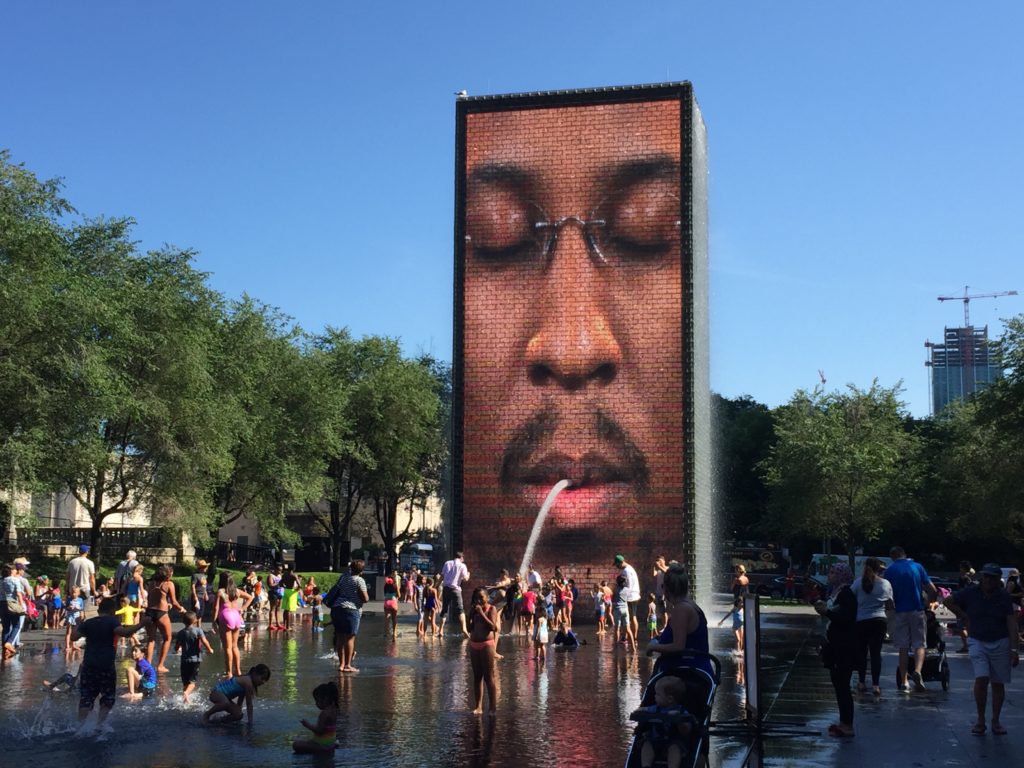

Next, the elevated “L” train lines the run through downtown. It makes for some of the coolest city scenes.
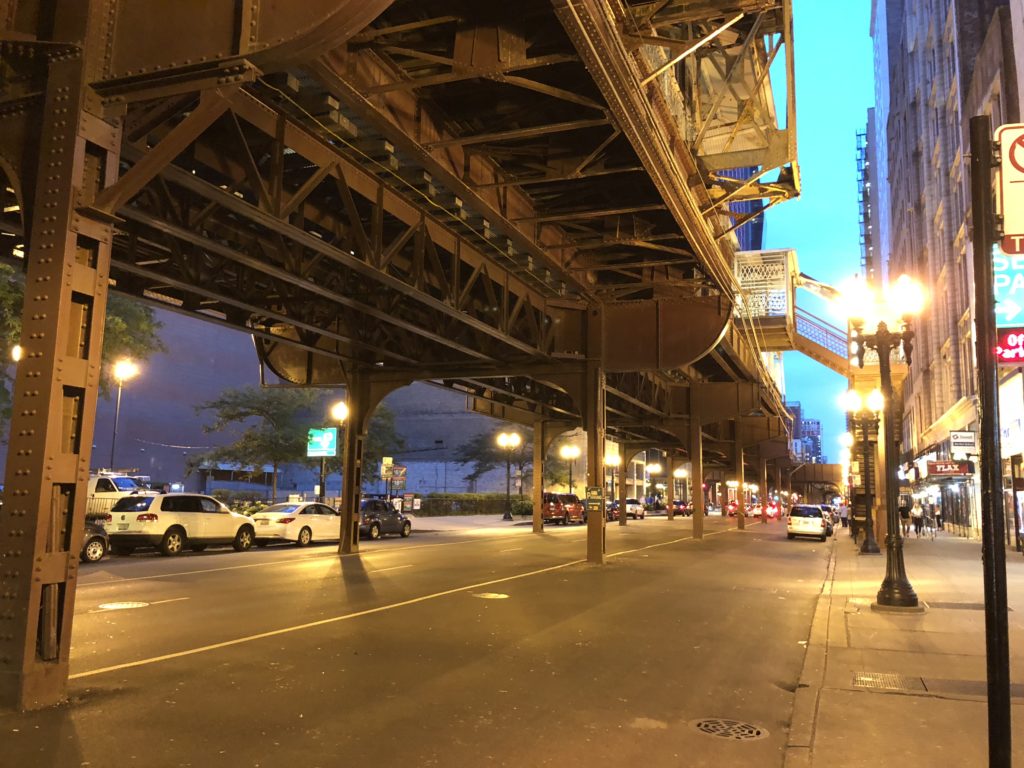

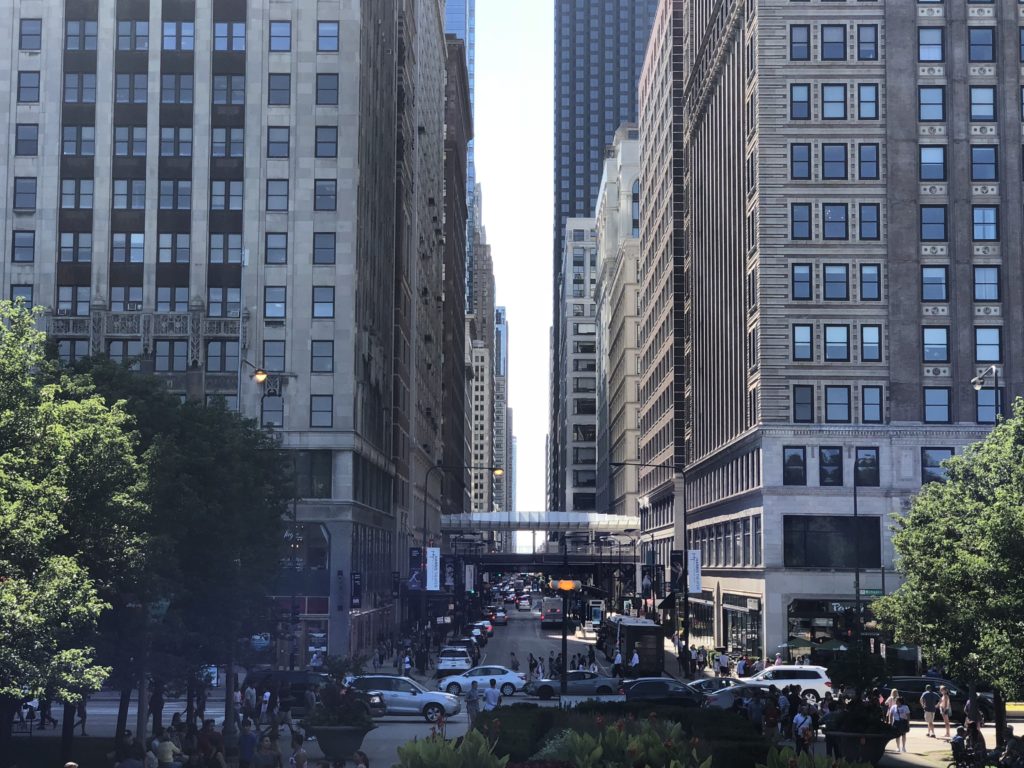
The Chicago River runs through the city’s downtown and into Lake Michigan. Some of the most impressive buildings run alongside this river, and a riverside walkway offers the best way to take it all in, with a bunch of food and drinks spots as pit stops along the way.
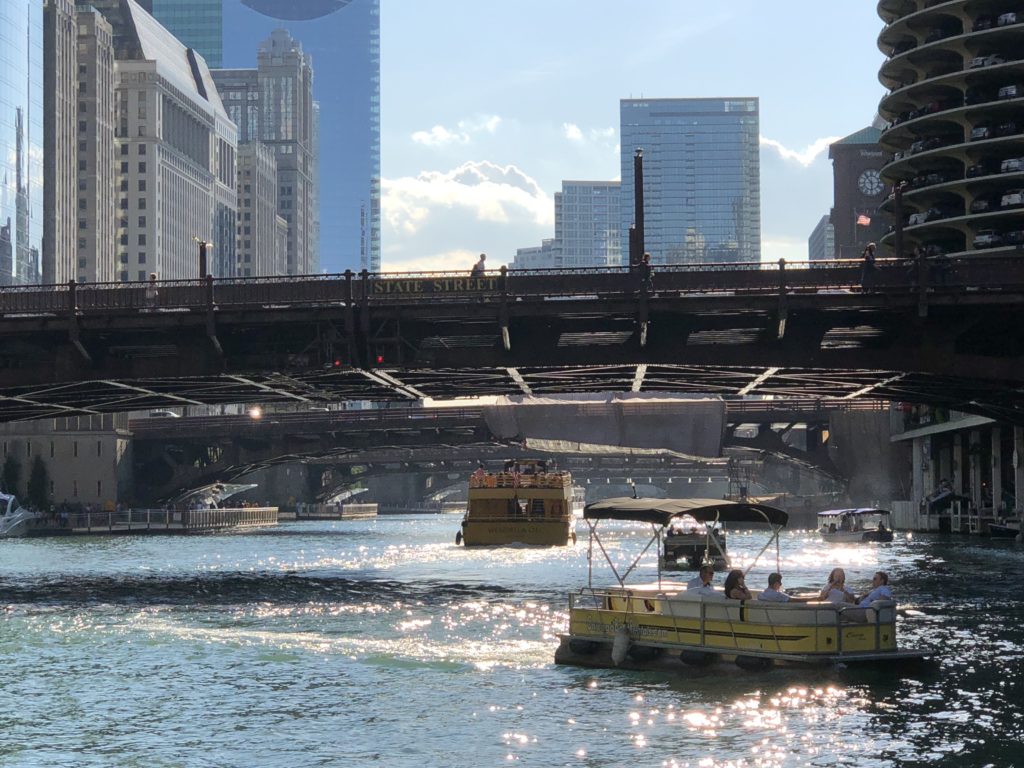
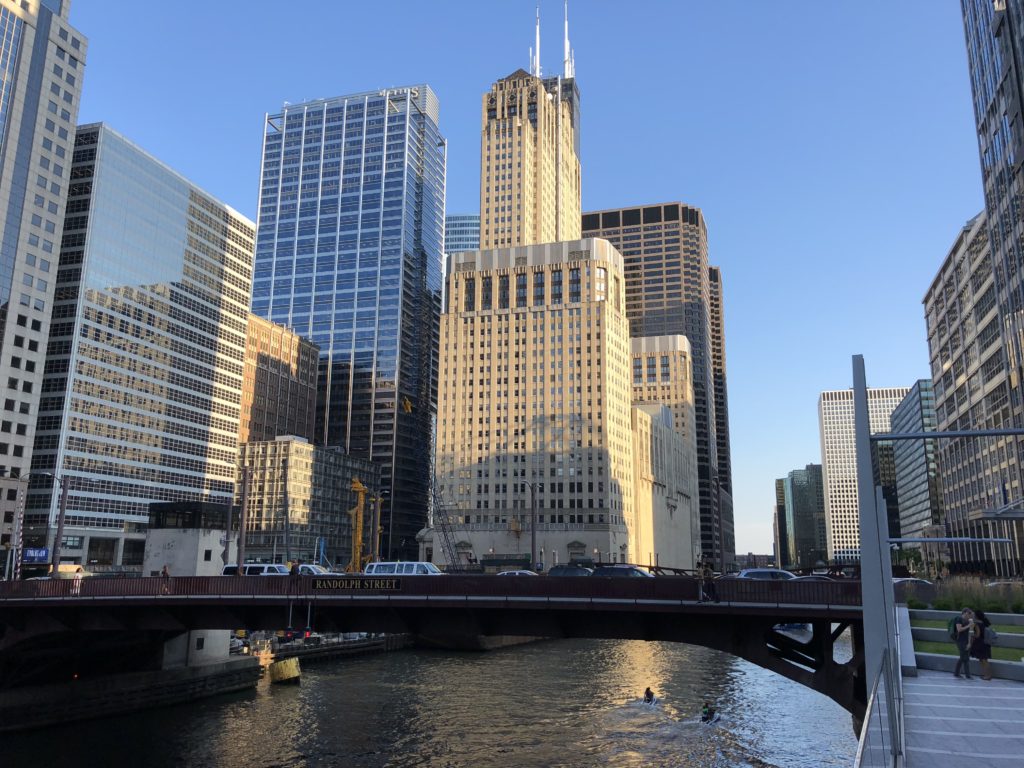
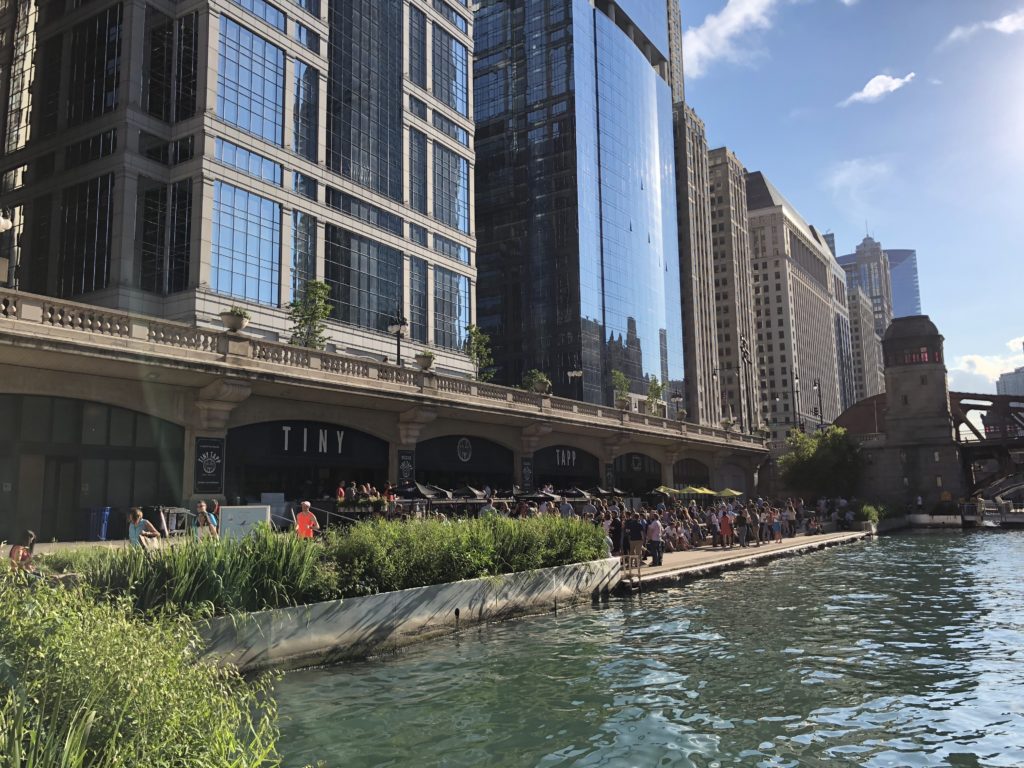
Then the iconic buildings, starting with the Willis Tower (formerly Sears Tower) that reaches a whopping 442m. It held the title as the world’s tallest building for 25 years, although its moved down the ranks to 16th now. The beast of a building has more than 100 elevators!
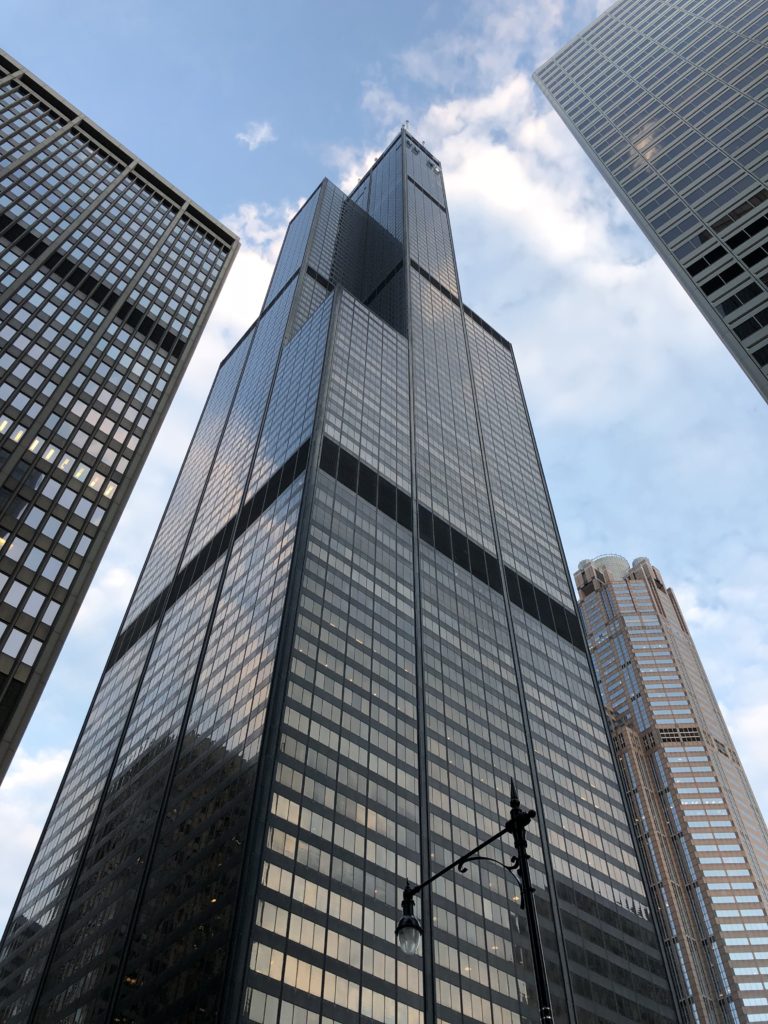
Tribune Tower – built for the Chicago Tribune in 1925, although recently sold for mixed-use redevelopment. The newspaper is now a mere lessee (in fact, it may have recently moved out). One weird quirk of the building is that around the time of construction, pieces of other famous buildings (bricks, rocks, fragments) were brought to Chicago and incorporated into the lower outer surface. So you can see pieces of the Great Wall of China, Angkor Wat, and the Parthenon labelled and stuck into the building’s walls. Why? Not sure.
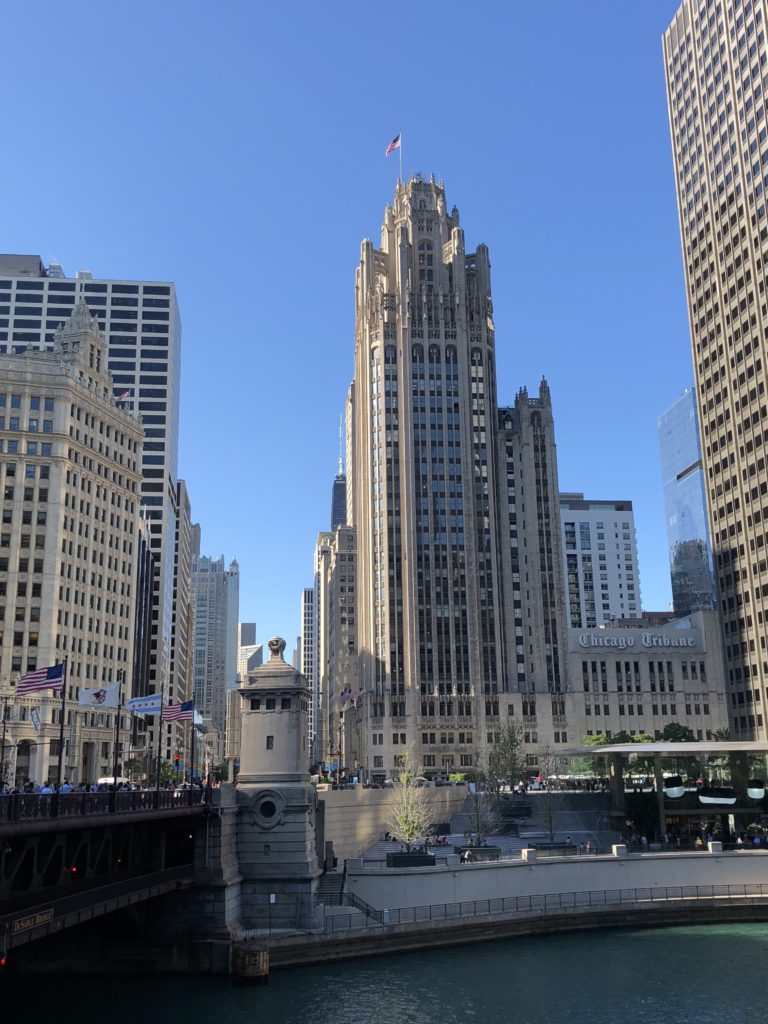
The Wrigley Building (1924).
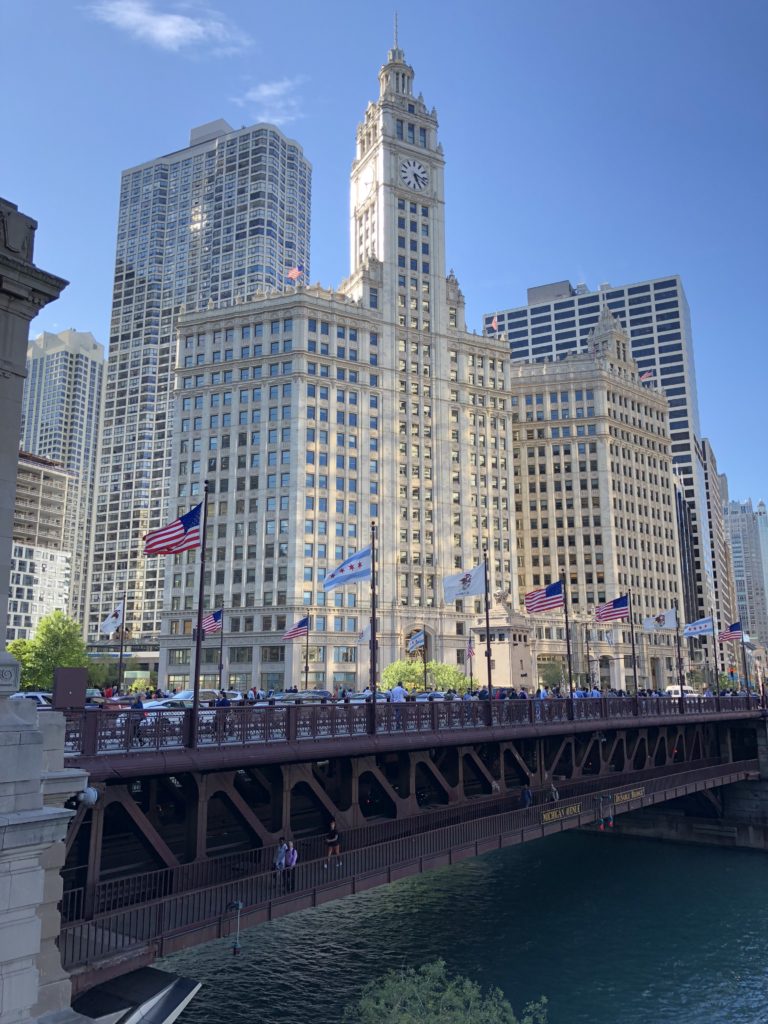
The Chicago Board of Trade, where a large chunk of the world’s wheat and corn is bought and sold daily. It’s topped with a (hard-to-see) 31ft statue of Ceres, the Roman goddess of grain.

The massive Macy’s department store building on the corner of State Street and Washington – big, bustling, and opulent.
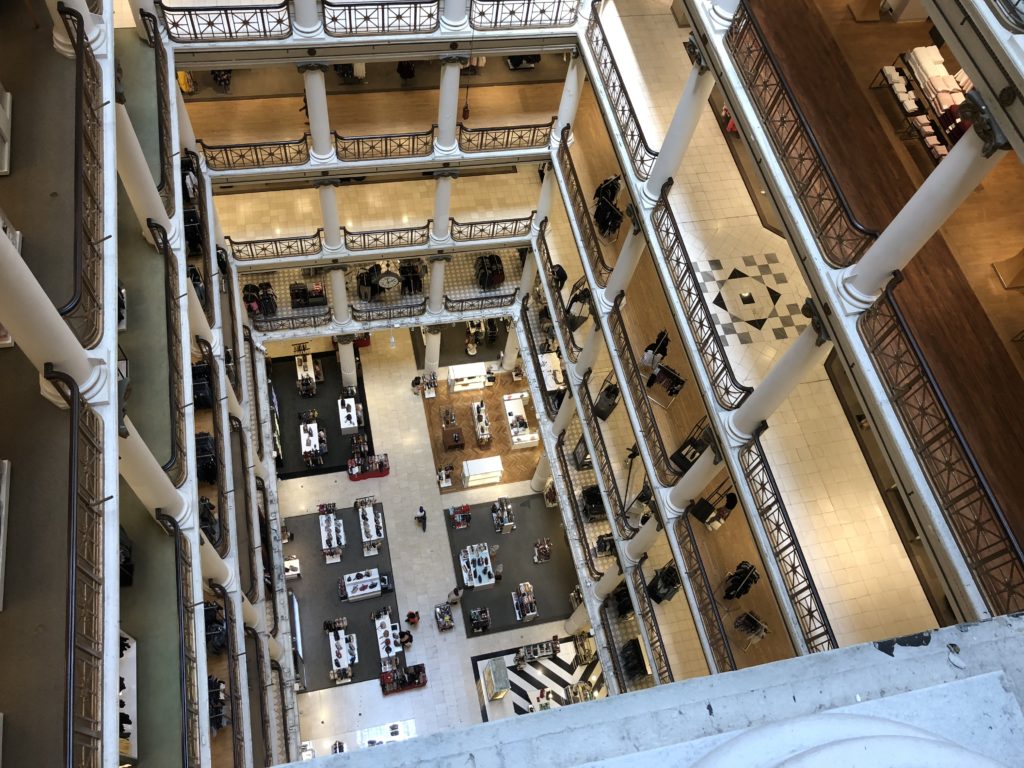
Chicago only really took off around 1830, when the Erie Canal opened up Lake Michigan to the eastern states, and even more so when railroad links reached the city twenty years later. It became a portal to the West, and thrived. By 1900 it had a population of over two million, including many immigrants from Ireland and Eastern Europe. Around this time, as a result of overly ambitious claims about huge potential investment returns by city promoters, the city earned the nickname “the Windy City”. But, its been a monster growth story and the result speaks for itself. While driving out of the city, heading west, Ella and I both came away feeling like we’d only scratched the surface and vowed to return for a longer stay. Here are a few more:
